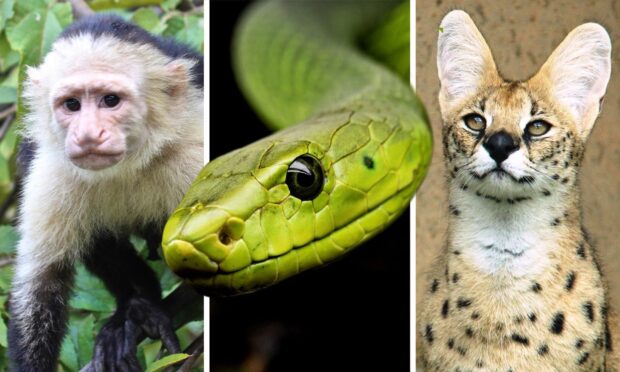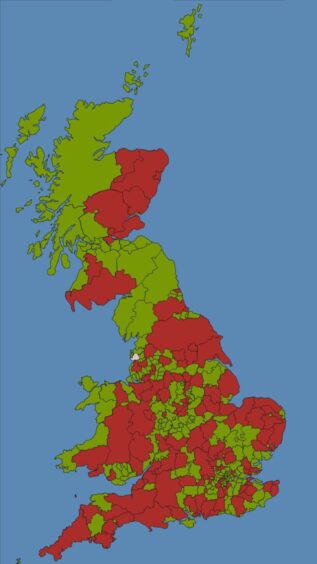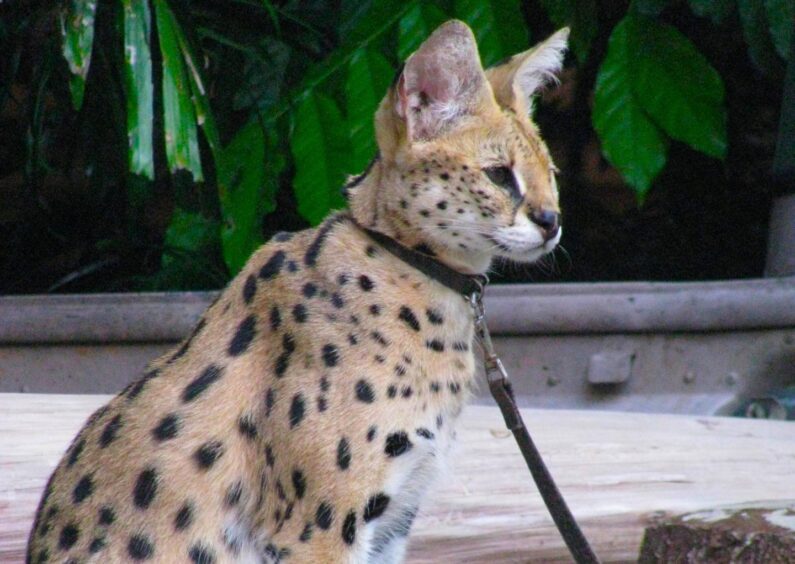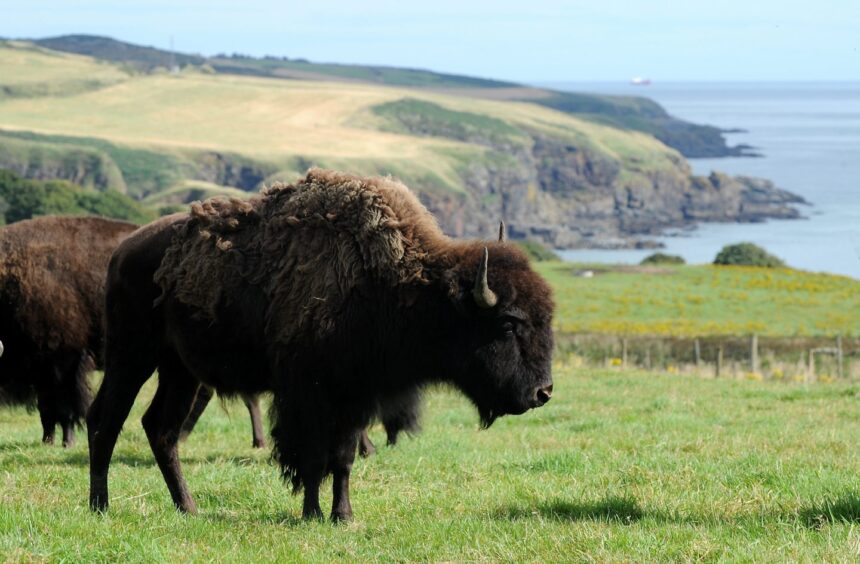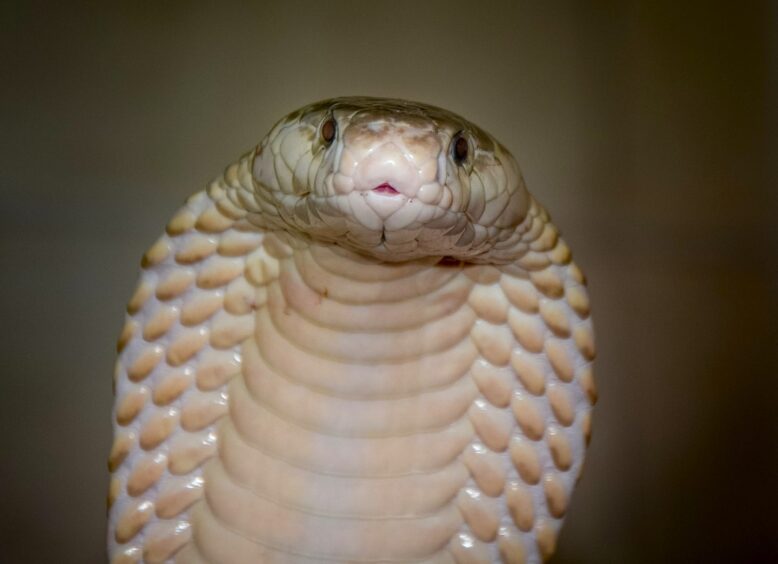Is there a “dangerous” wild animal living next door to you?
From crocodiles and venomous reptiles, to wildcats and monkeys, more than 2,700 exotic animals are believed to be kept privately in the UK.
21 one of these live across Aberdeen, Aberdeenshire and Moray – including venomous snakes.
Wildlife charity Born Free has shared the findings of its 2023 survey which show 187 private addresses hold licences to keep “dangerous wild animals”.
These are approved by local authorities and are permitted by the Dangerous Wild Animals Act 1976.
Some of the stand-out findings in Scotland are 11 crocodilians being kept privately in Angus and four camels in Dumfries and Galloway.
Born Free has said the results show the “scale and seriousness” of exotic animals being kept as “pets”.
What exotic pets are living in the north-east?
The latest survey reveals that 21 “dangerous wild animals” are licenced to be kept as “pets” across Aberdeen, Aberdeenshire and Moray.
This figure is significantly lower than the 173 recorded in 2020 – which included 100 scorpions in Aberdeen.
Aberdeen City:
- One diamondback rattlesnake
- One monocled cobra
Aberdeenshire:
- 12 ostrich
- Three bison
Moray:
- One serval
- Three Savannah cats
The Highlands, Shetland, Orkney and Western Isles are not included as they reported no licences.
Charity calling for change
As these animals are classified as dangerous, Born Free says they threaten the safety of people and other animals.
They typically have “complex physical, psychological, nutritional, social and environmental needs” which means they can suffer when living in captivity.
The charity is now calling on the UK Government to “urgently” review the Dangerous Wild Animals Act.
Chris Lewis, captivity research officer for Born Free, said: “The act was intended to make the keeping of such animals categorised as “dangerous” a wholly exceptional circumstance.
“However, Born Free’s ongoing research paints a very different picture. Many members of the public will rightly be shocked to learn of so many animals being kept by private keepers.
“Yet, at its core, the act is based upon the assumption that it is possible to keep dangerous wild animals in a way that minimises or eliminates risk to the public and in a manner that meets an animal’s welfare needs.
“This has resulted in legislation being reactionary, struggling to keep pace with ever-changing scientific evidence and becoming increasingly out-of-date.”
